Blending the peaceful minimalism of Japanese aesthetics with the cozy functionality of Scandinavian design, Japandi-style nurseries are gaining popularity across the U.S. This interior trend offers a calming, clutter-free, and stylish environment perfect for babies—and soothing for parents too. Whether you’re creating a brand-new nursery or updating an existing one, these 20 beautifully unique Japandi nursery room ideas will help you design a space that’s warm, modern, and full of soul.
1. Natural Wood Crib with Clean Lines
Choose a crib made from light, sustainable wood like oak, birch, or ash. Its minimalist structure creates a sense of openness while providing a sturdy, timeless centerpiece for the room.
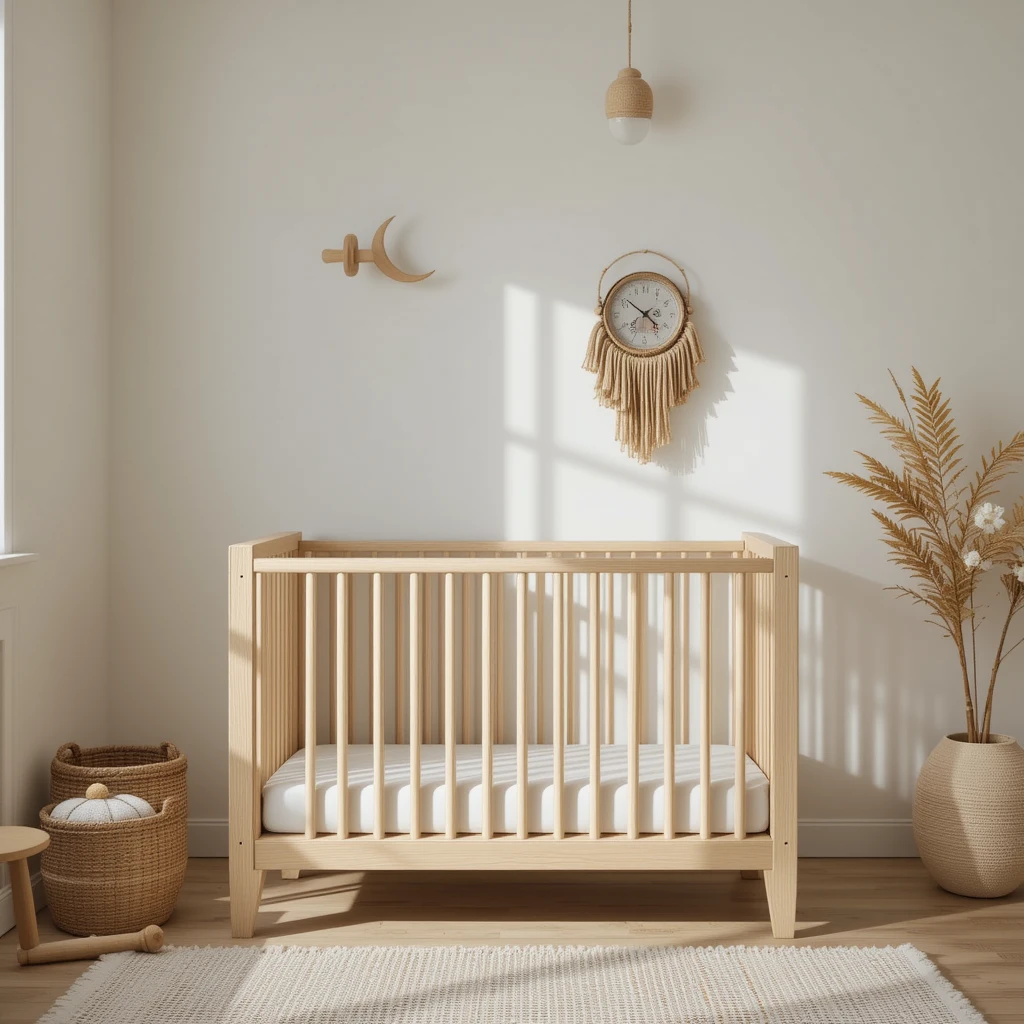
2. Soft Neutrals with Gentle Accents
Use a soothing color palette of ivory, taupe, and muted gray. Pair it with subtle accents in sage green or dusty rose to add warmth without overwhelming the simplicity of the space.
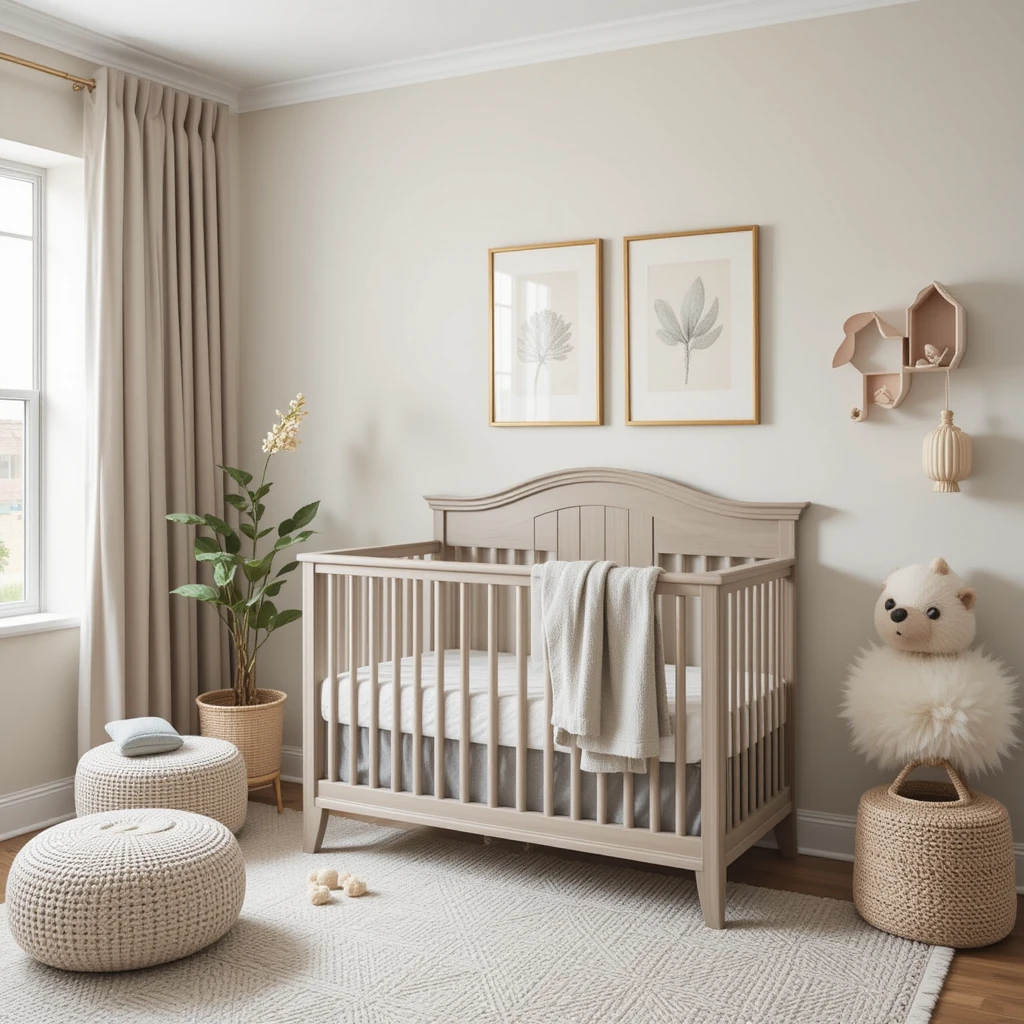
3. Low-Profile Dresser for Storage and Style
Select a wide, low dresser in a matte finish with simple wooden handles. It doubles as a changing station and provides clean-lined storage that doesn’t overpower the room.
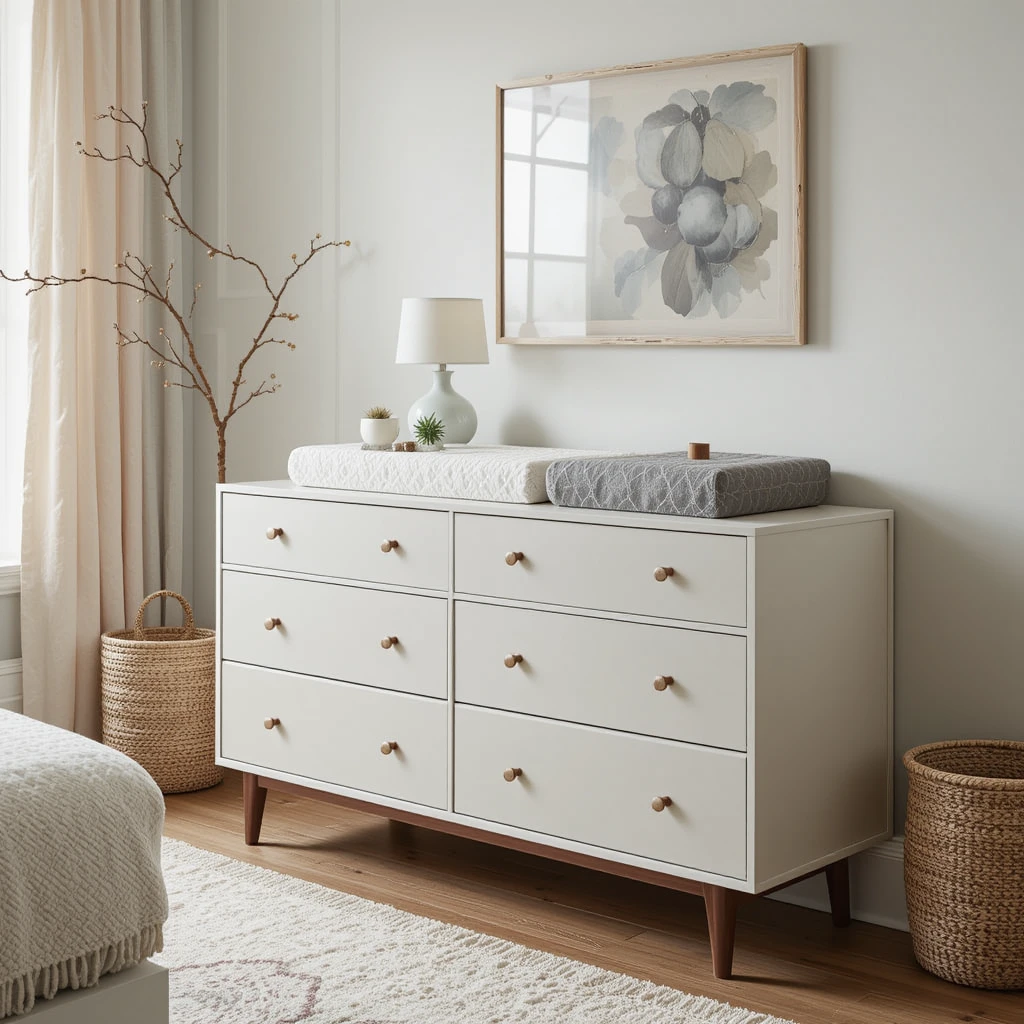
4. Linen or Cotton Drapes for Soft Light
Hang floor-length curtains in natural fabrics like linen or organic cotton. Their light, airy texture filters sunlight gently, promoting a peaceful atmosphere in the nursery.
6. Organic Baby Bedding in Subtle Prints
Pick crib sheets and blankets in breathable, organic materials with minimal patterns like tiny dots or stripes. It adds charm while keeping the aesthetic clean and natural.
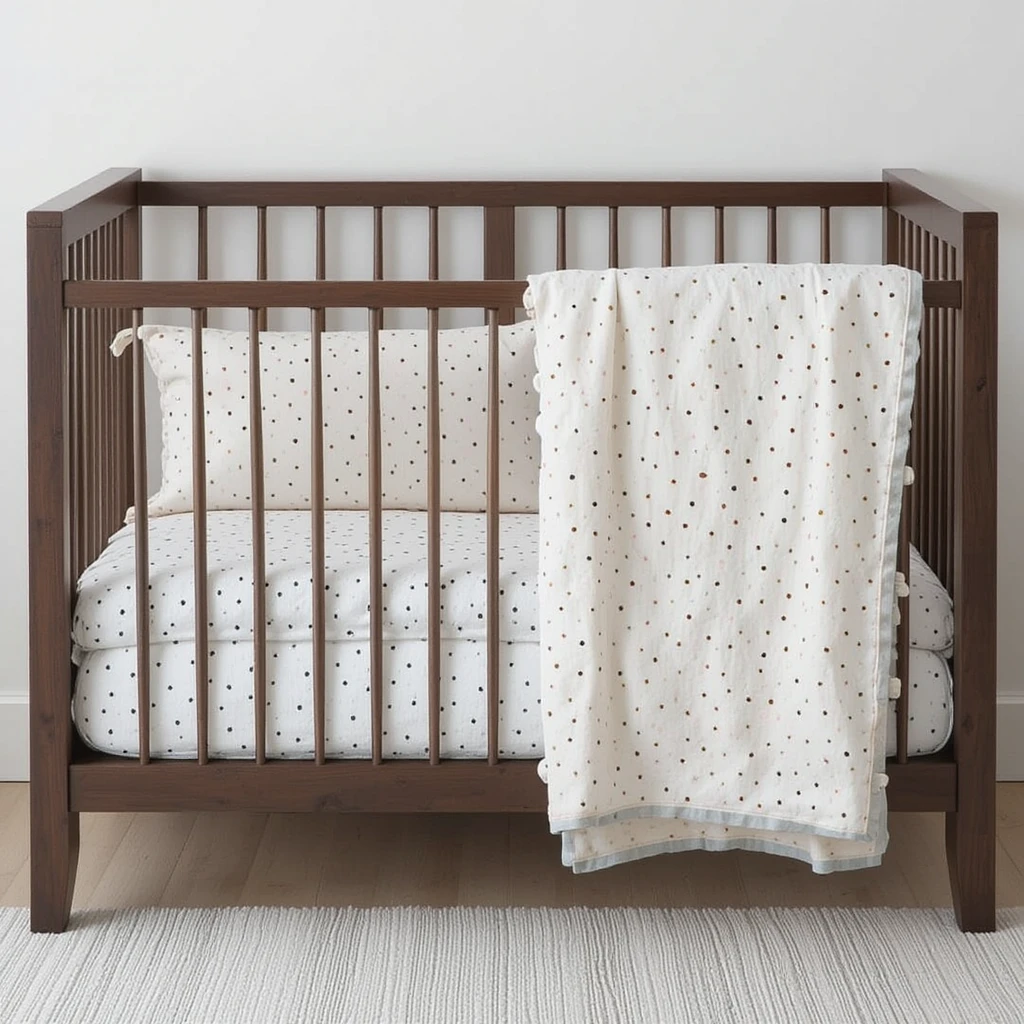
7. Wall-Mounted Peg Rail for Functionality
Install a slim wooden peg rail to hang baby essentials like swaddles, hats, or a diaper bag. This practical feature embraces Japandi’s love for multi-use beauty.
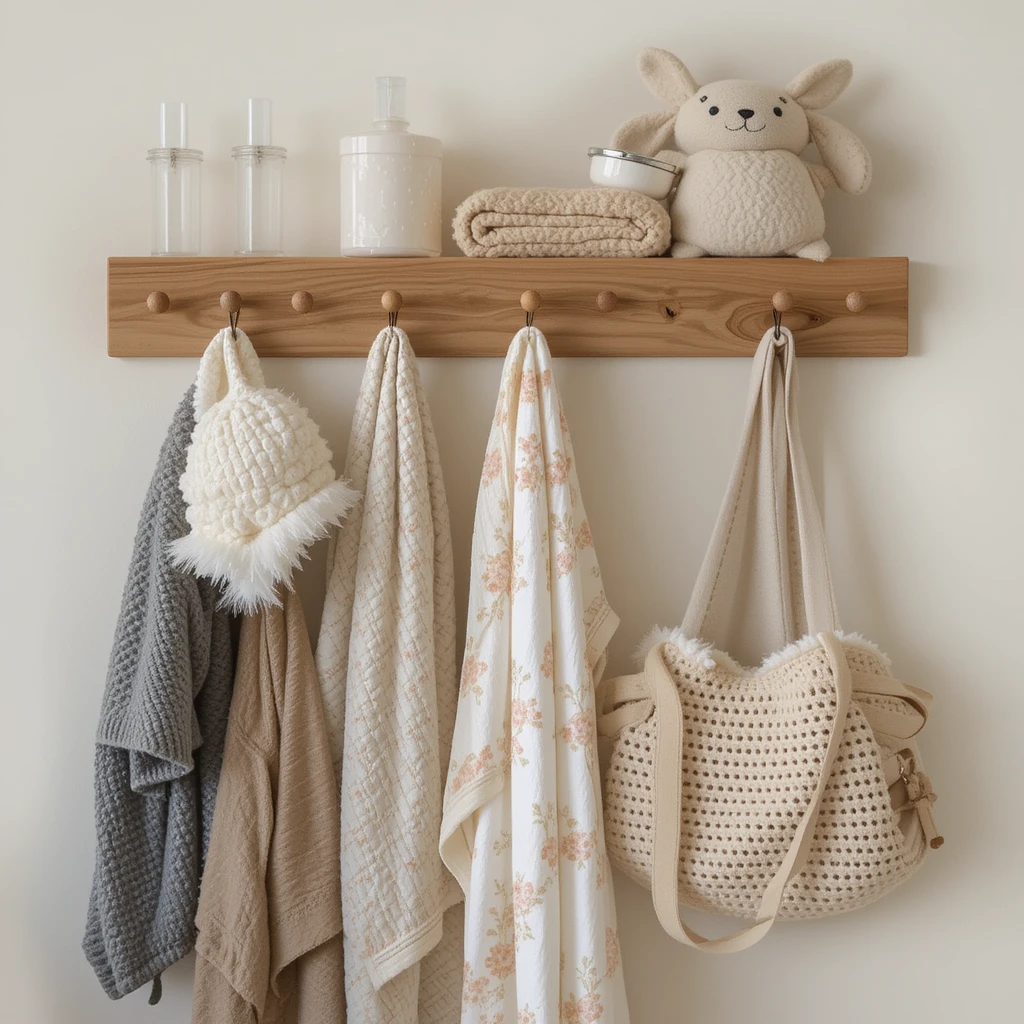
8. Soft Wool or Jute Area Rug
Place a low-pile wool or woven jute rug under the crib or in the play corner. It grounds the room and adds soft texture underfoot, perfect for baby crawling and cozying up.
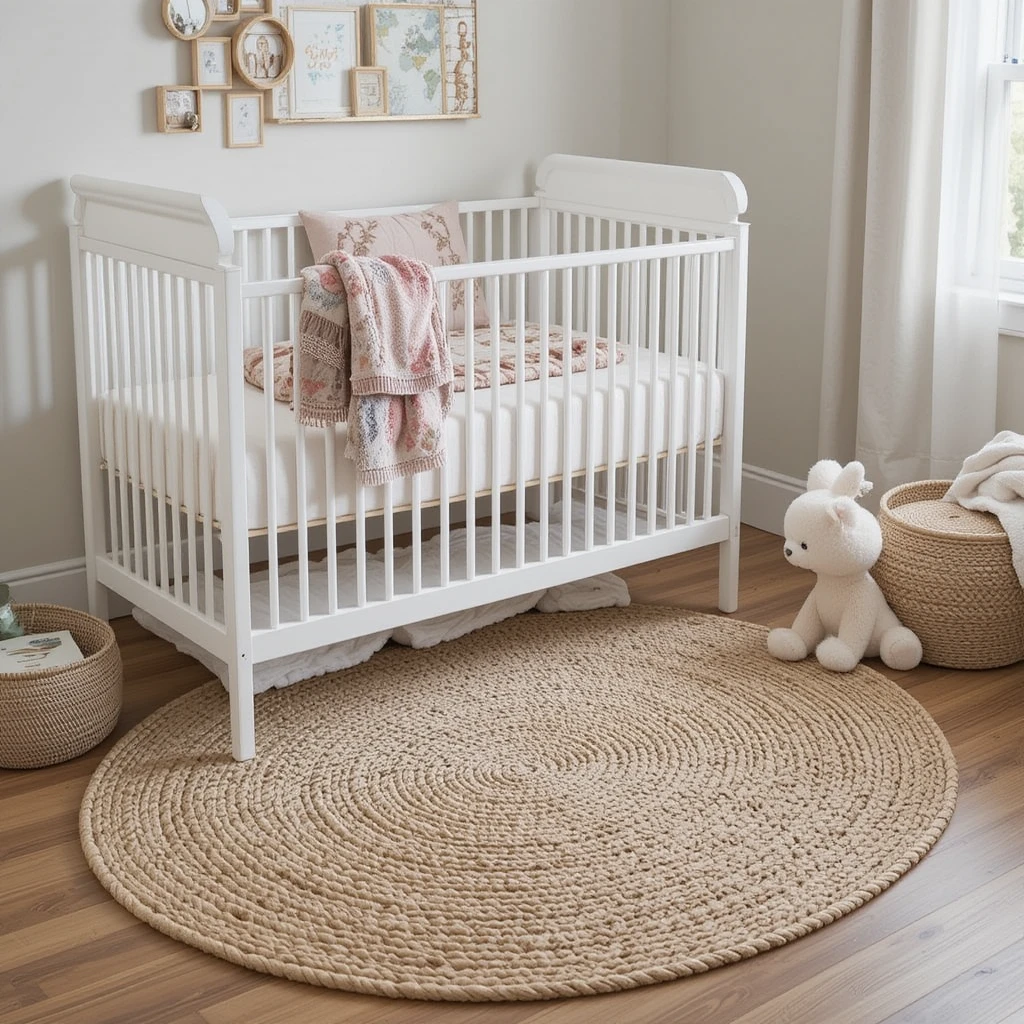
9. Minimalist Mobile in Earthy Tones
Hang a mobile made of wooden elements, felted wool, or paper in neutral tones. It encourages visual stimulation for the baby while maintaining a calm aesthetic.
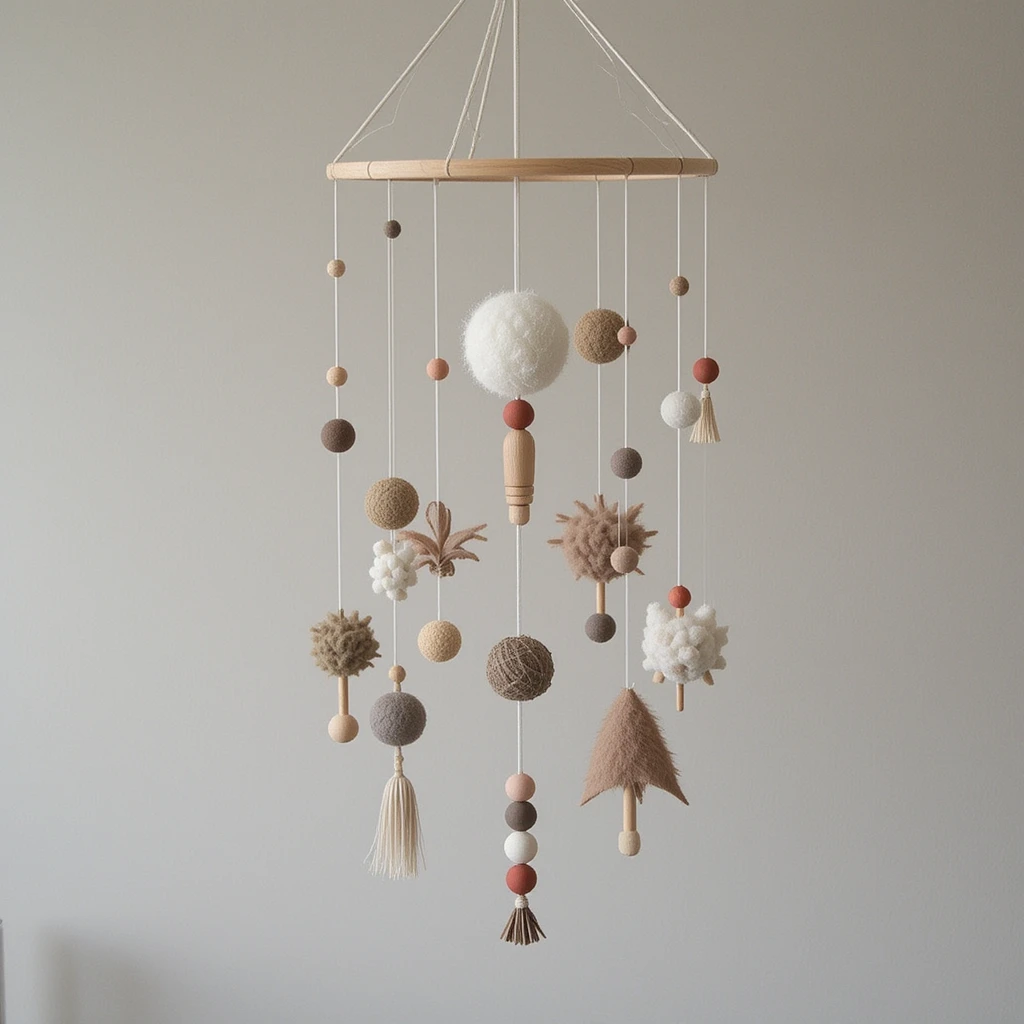
10. Handmade Wabi-Sabi Wall Art
Incorporate one or two imperfect yet beautiful wall hangings like hand-thrown ceramics or minimalist ink prints. This reflects the Japanese idea of beauty in imperfection.
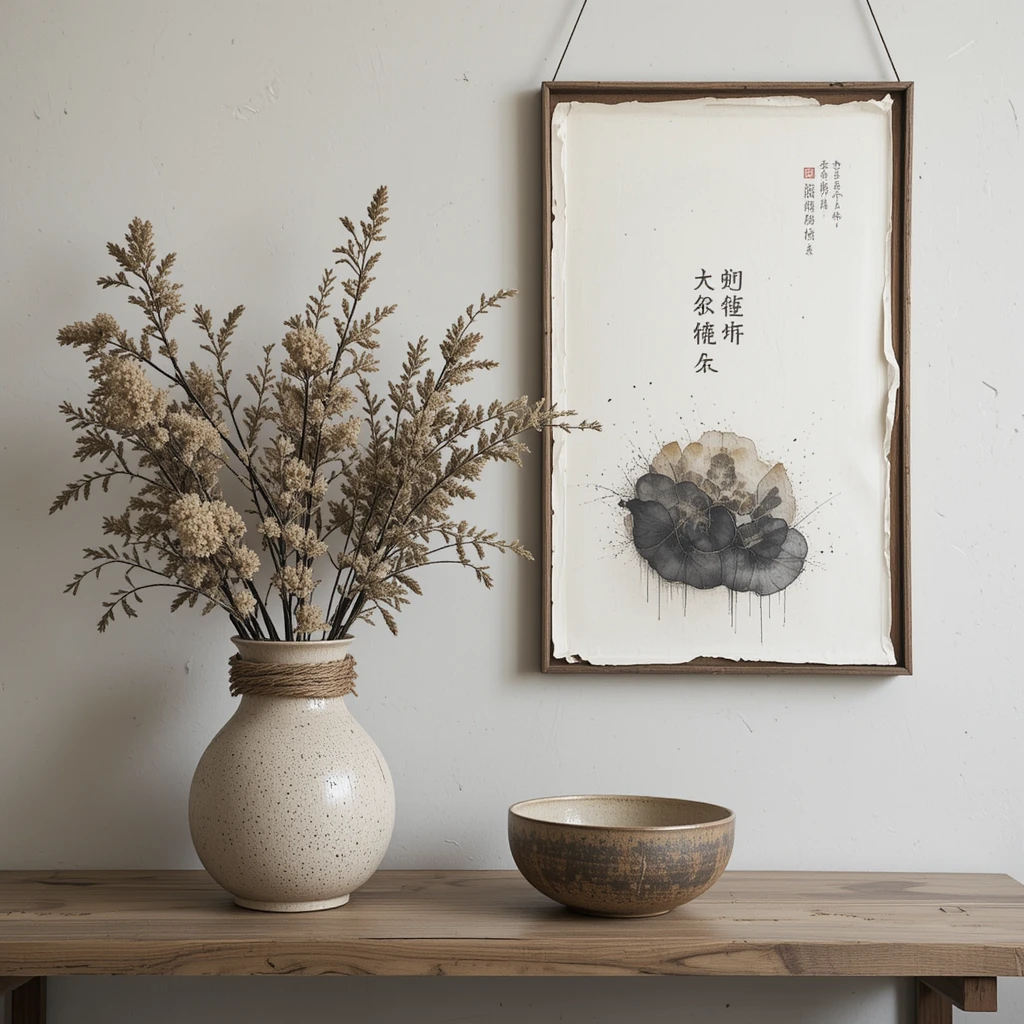
11. Muted Wallpaper Accent Wall
Add a wallpaper with subtle nature-inspired designs like reeds, mountains, or clouds. Keep it in earthy shades like beige, olive, or soft gray to align with the Japandi palette.
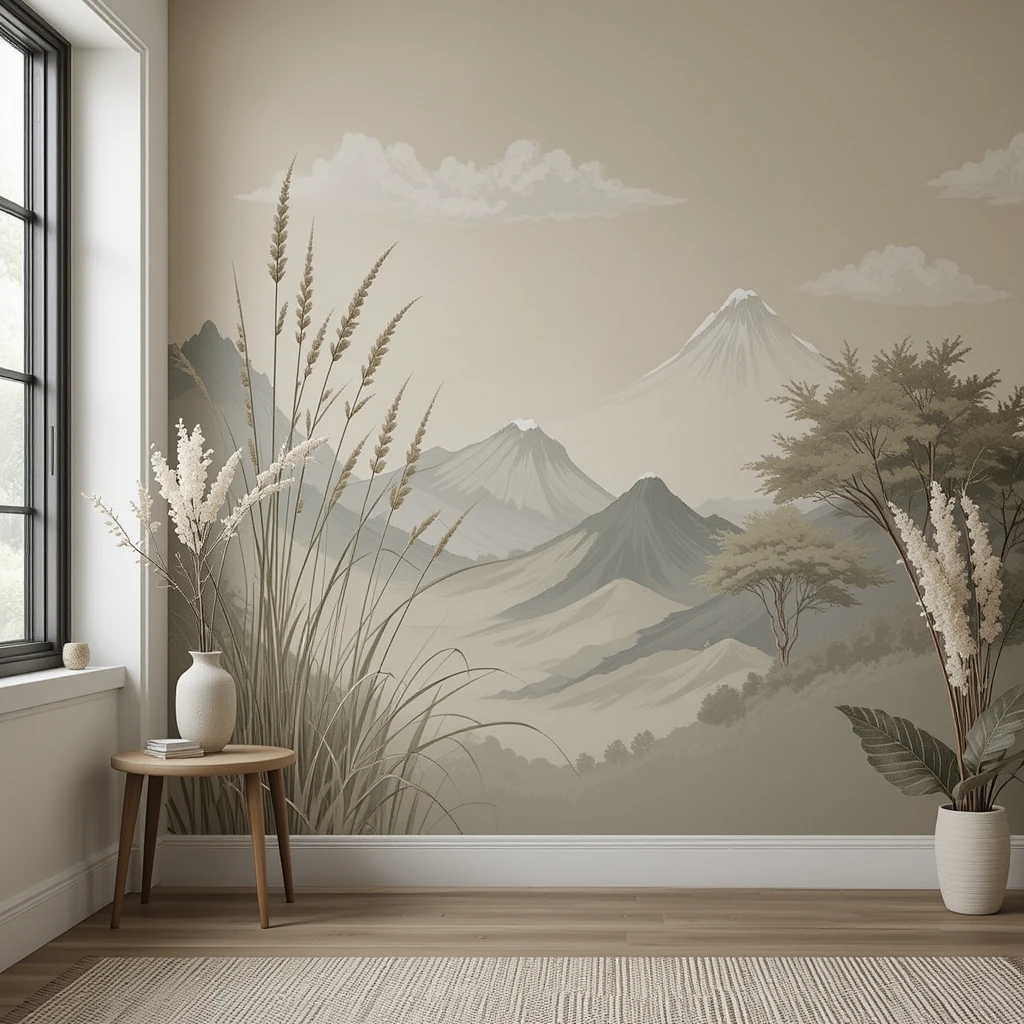
12. Minimal Bookshelf with Curated Selections
Opt for a small, open-faced bookshelf made of natural wood. Display a few meaningful children’s books with beautiful covers to encourage reading and maintain visual harmony.
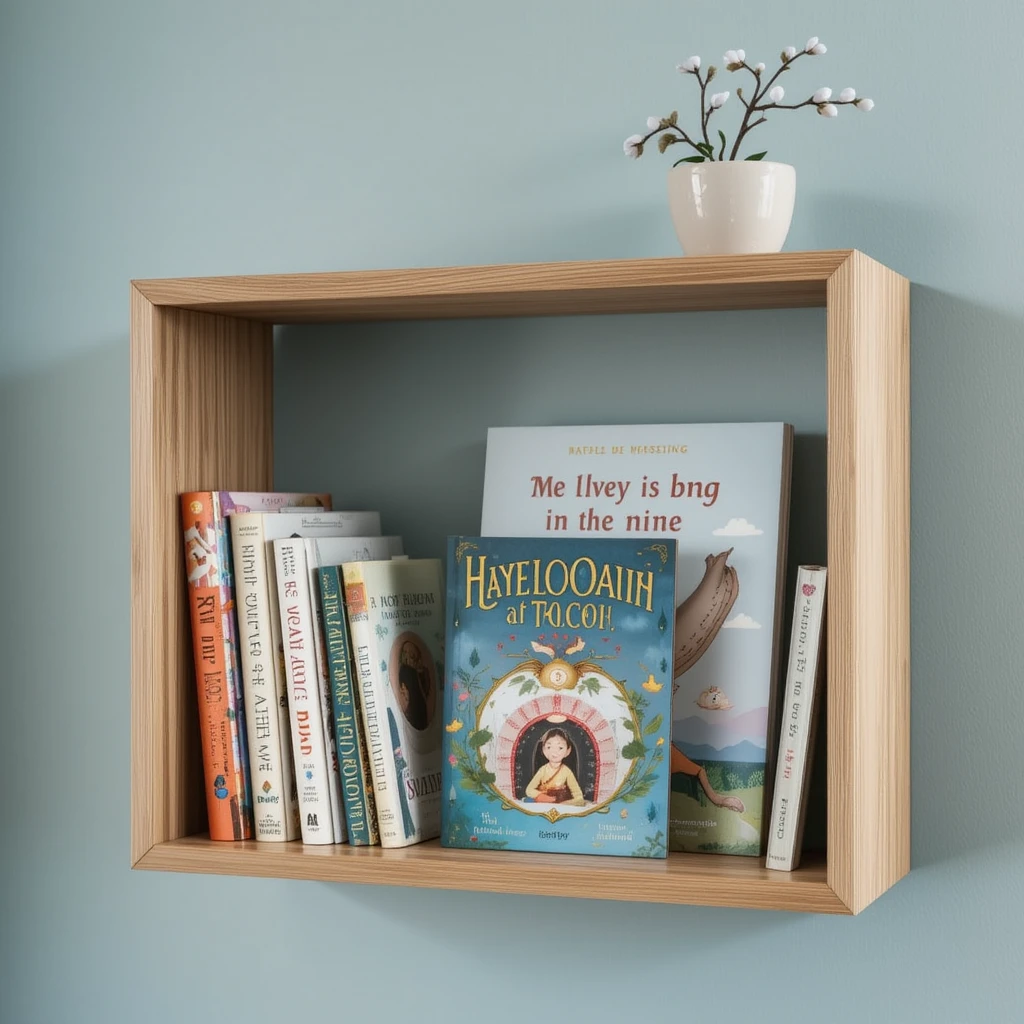
13. Eco-Friendly Toy Storage Baskets
Use handwoven seagrass or rattan baskets for organizing toys and blankets. They’re sustainable, stylish, and fit perfectly with the natural textures of Japandi design.
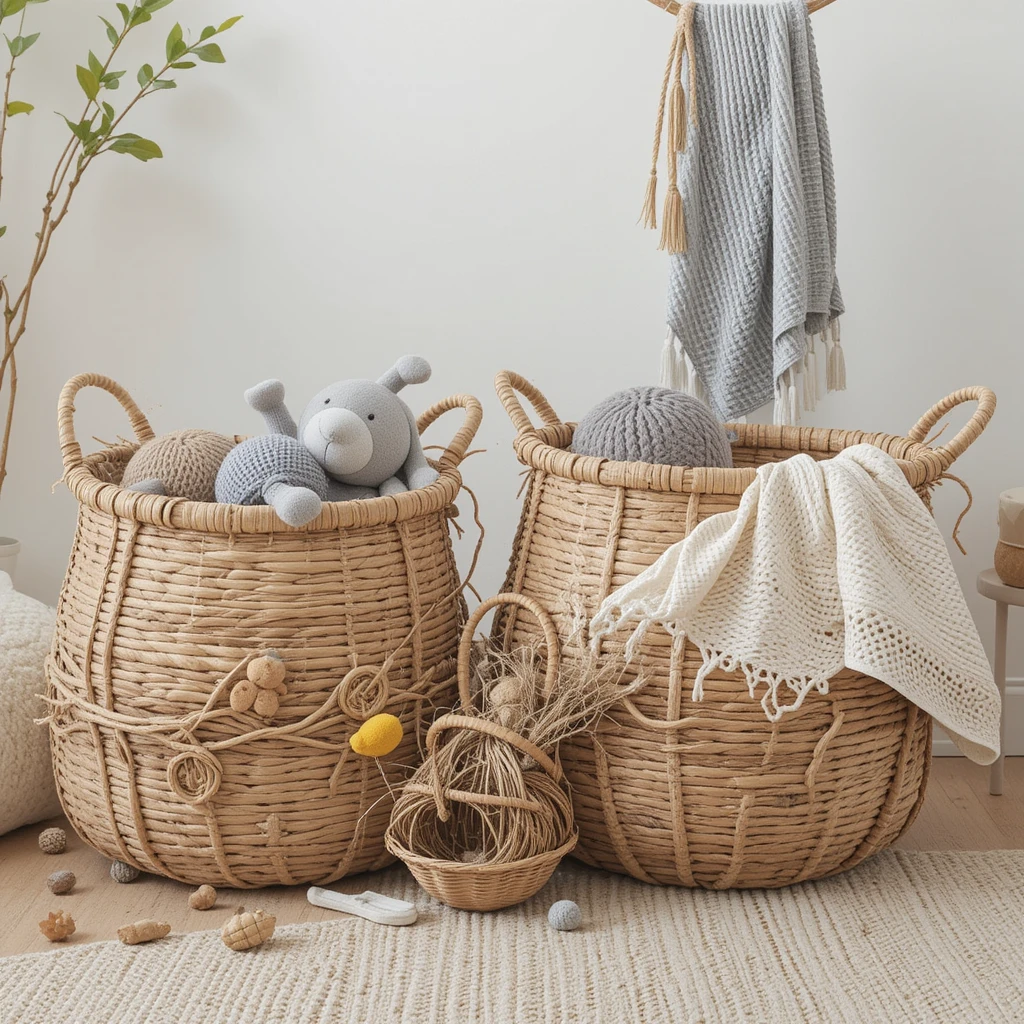
14. Crib Canopy in Sheer Fabric
Add a soft, sheer canopy in white or ivory over the crib. It gives a dreamy feel while adding a vertical design element that remains light and unobtrusive.
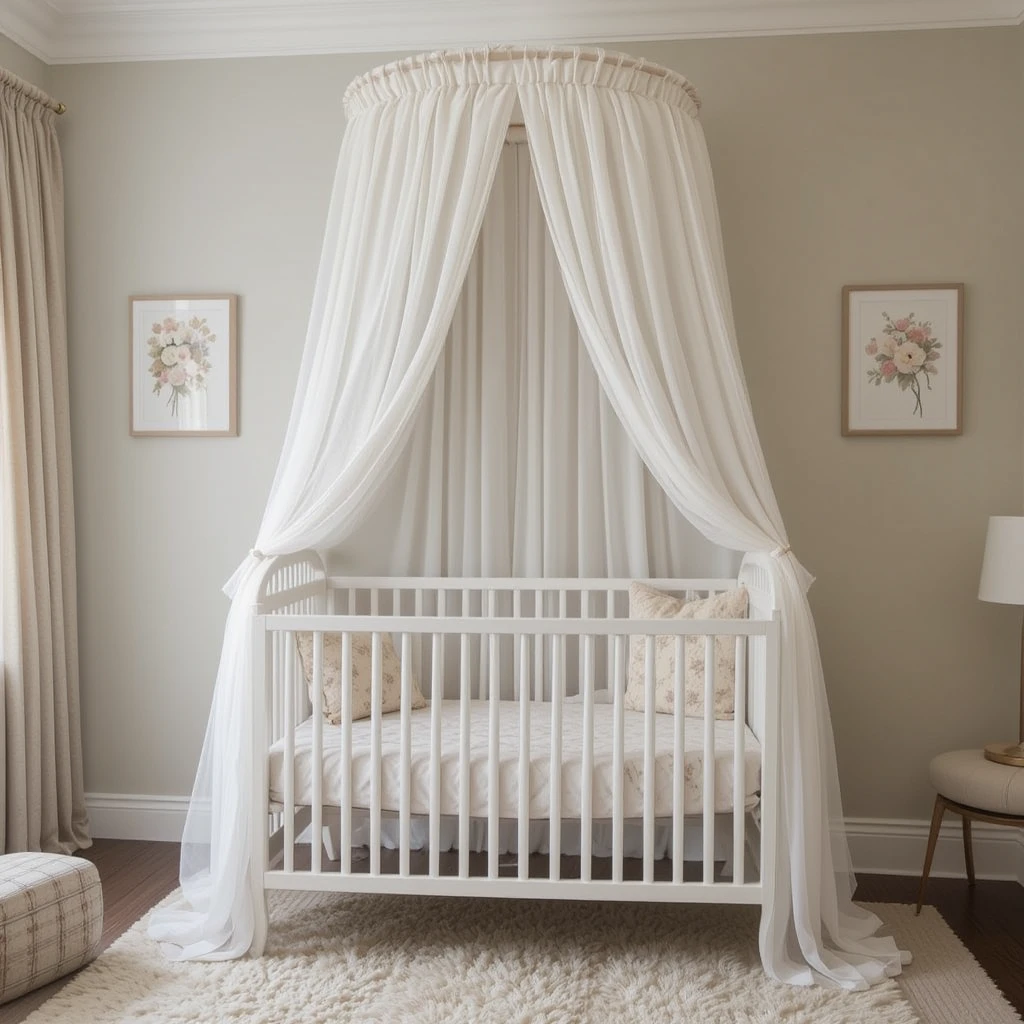
15. Dried Floral Arrangements in Clay Vases
Place a small arrangement of dried flowers like eucalyptus or bunny tails in an earthy ceramic vase. It introduces natural beauty with no maintenance required.
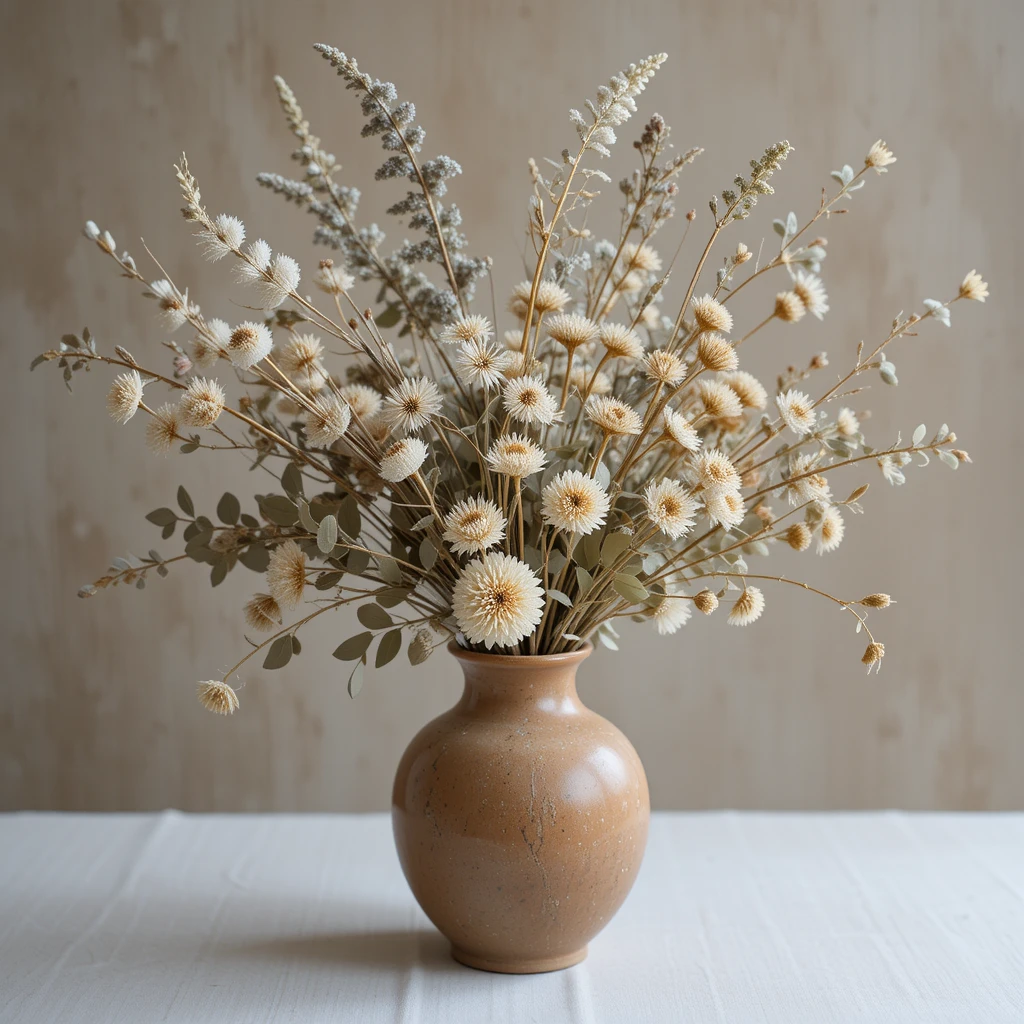
16. Simple Night Light with a Warm Glow
Choose a warm-toned LED night light in a basic geometric shape like a sphere or cube. It provides comfort and safety without disrupting the serene mood.
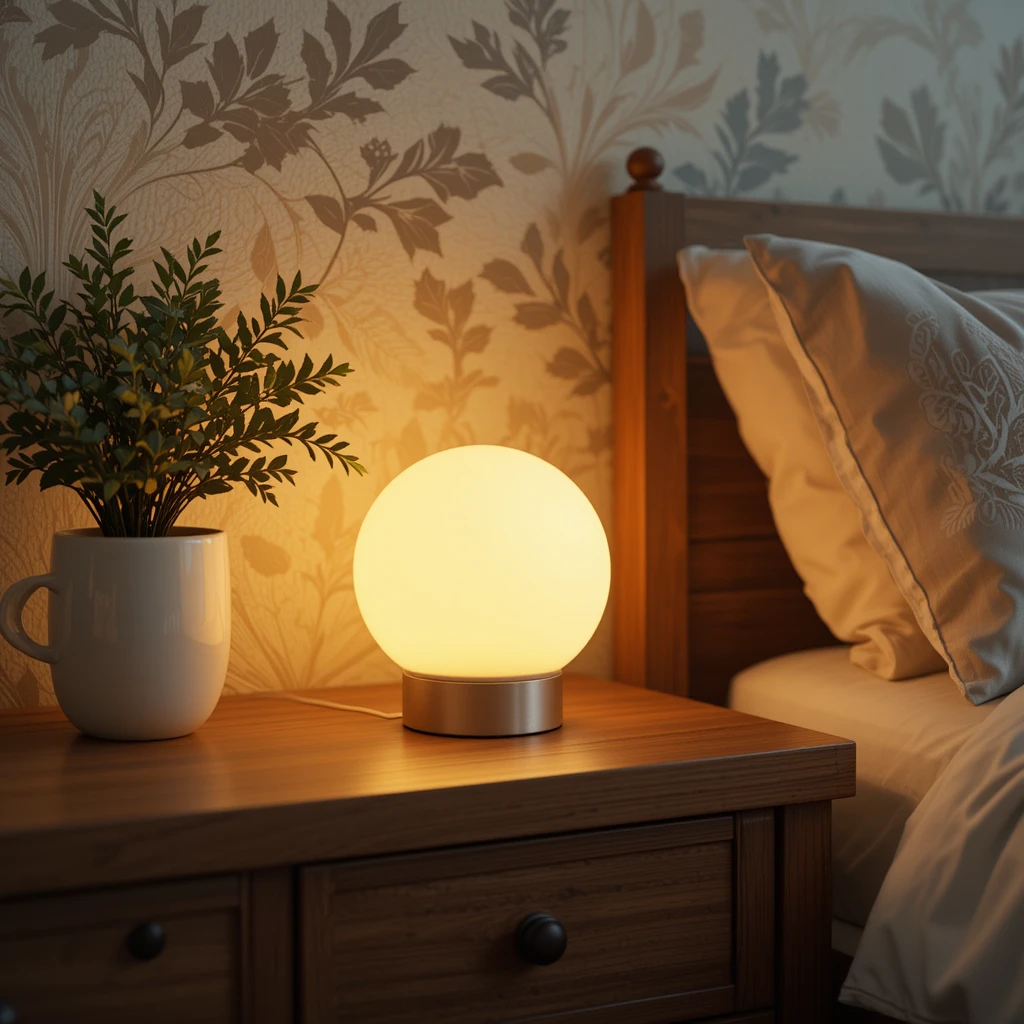
17. Tatami-Inspired Floor Mat for Playtime
Incorporate a playmat that mimics the look and feel of traditional Japanese tatami mats. It’s comfortable for floor activities and adds an authentic cultural touch.
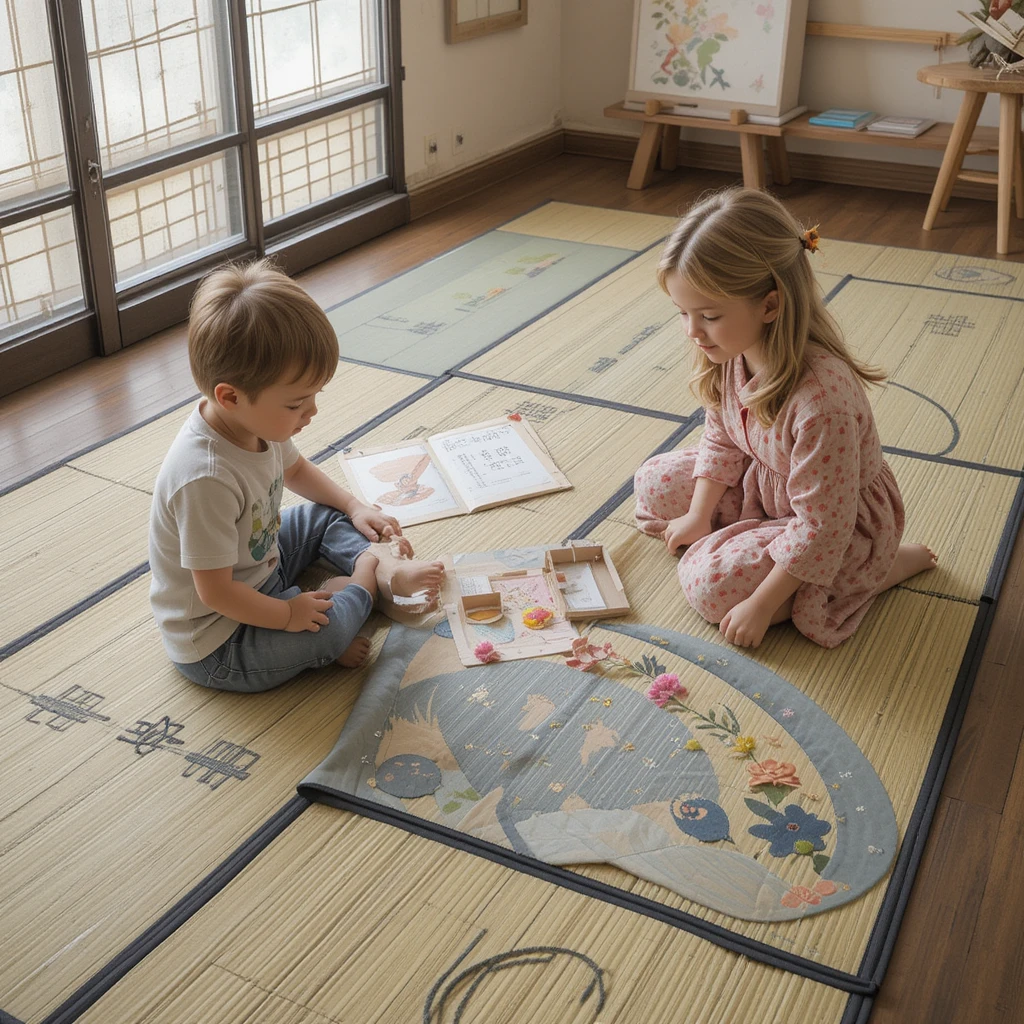
18. Handcrafted Wooden Toys as Decor
Display a few classic wooden toys on shelves or in baskets. Items like stackers, animals, or cars are both playful and decorative in the Japandi tradition.
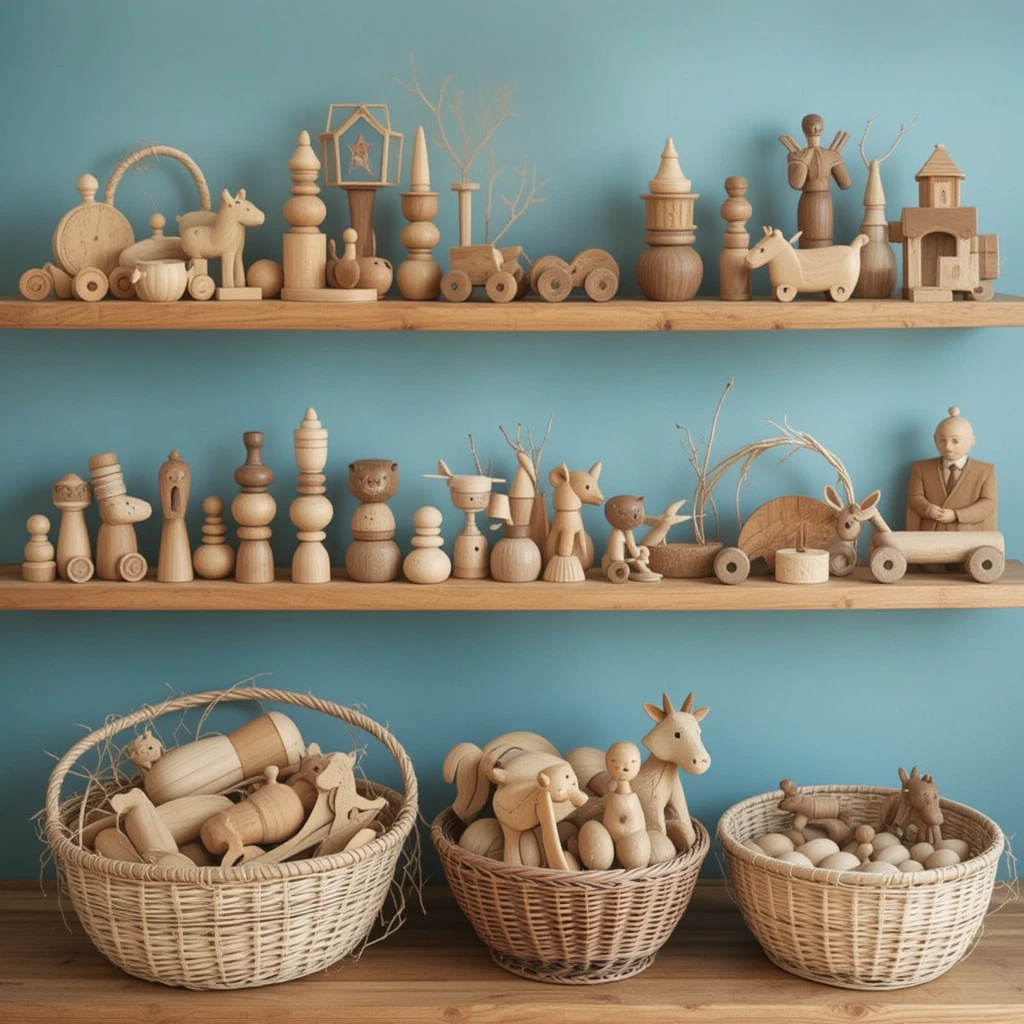
19. Sliding Shoji-Style Closet Doors
Replace standard closet doors with Shoji-inspired sliding panels made of light wood and frosted glass. It saves space and adds a soft architectural element.
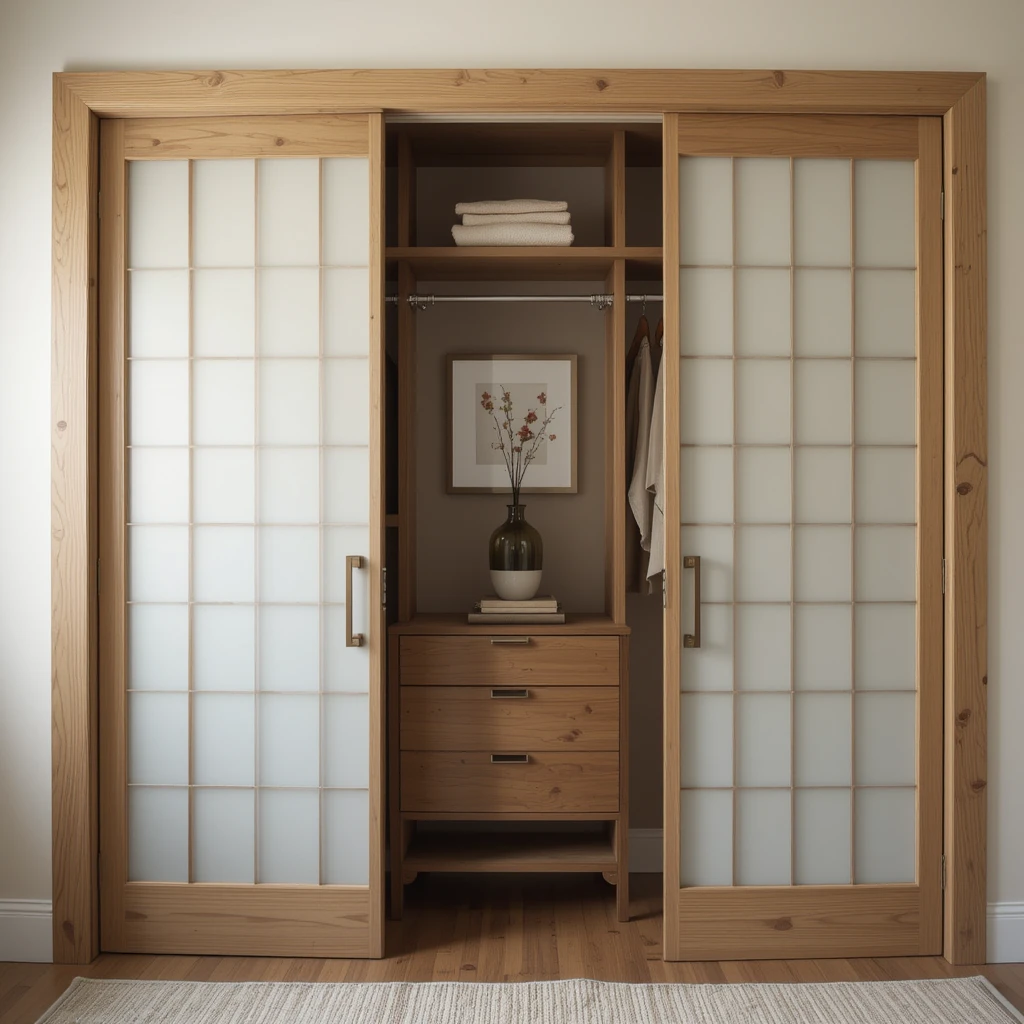
20. Layered Textiles with Purpose
Layer a few carefully chosen textiles—like a cotton knit throw, muslin swaddle, or wool cushion—in soft neutrals. Each piece should be both functional and beautiful.
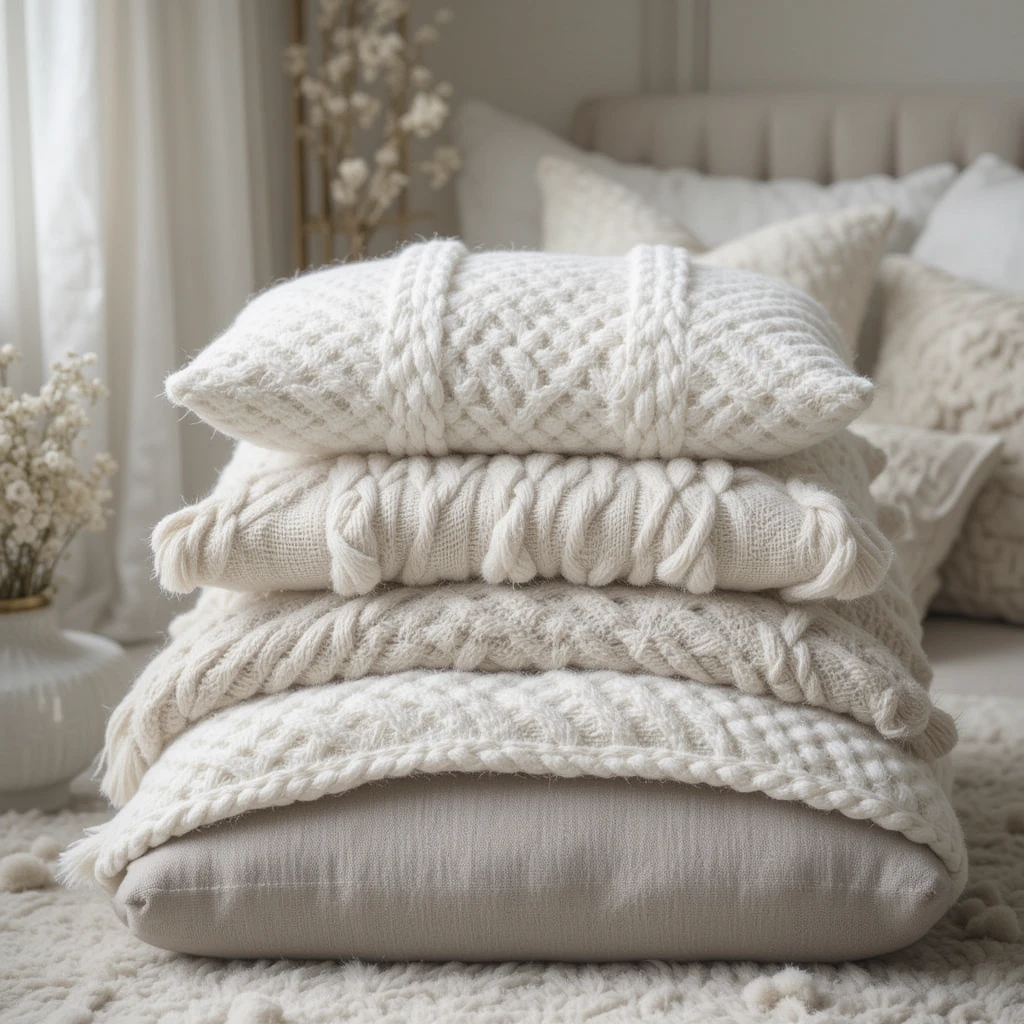
21. Sculptural Lighting Fixture as a Statement
Add a pendant light with a sculptural shape in paper, rattan, or woven fibers. This focal point blends form and function in a way that feels effortlessly artistic.
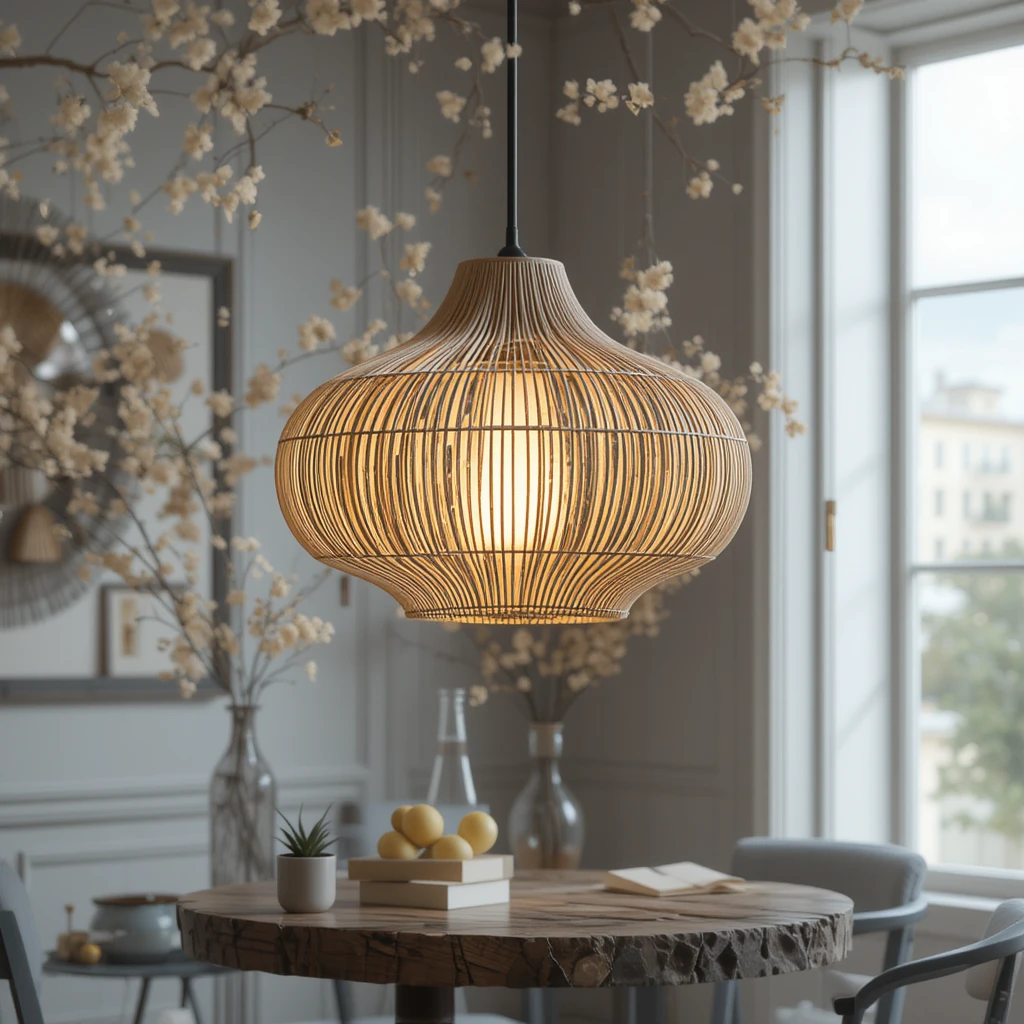
Final thoughts
Designing a Japandi nursery is about creating a space that nurtures calmness, simplicity, and beauty—values that both parents and babies can appreciate. By combining Scandinavian comfort with Japanese elegance, you can create a timeless nursery that grows with your child and feels just as welcoming for grown-ups. Focus on quality over quantity, nature over plastic, and purpose over clutter—and you’ll have a room that truly feels like a sanctuary.